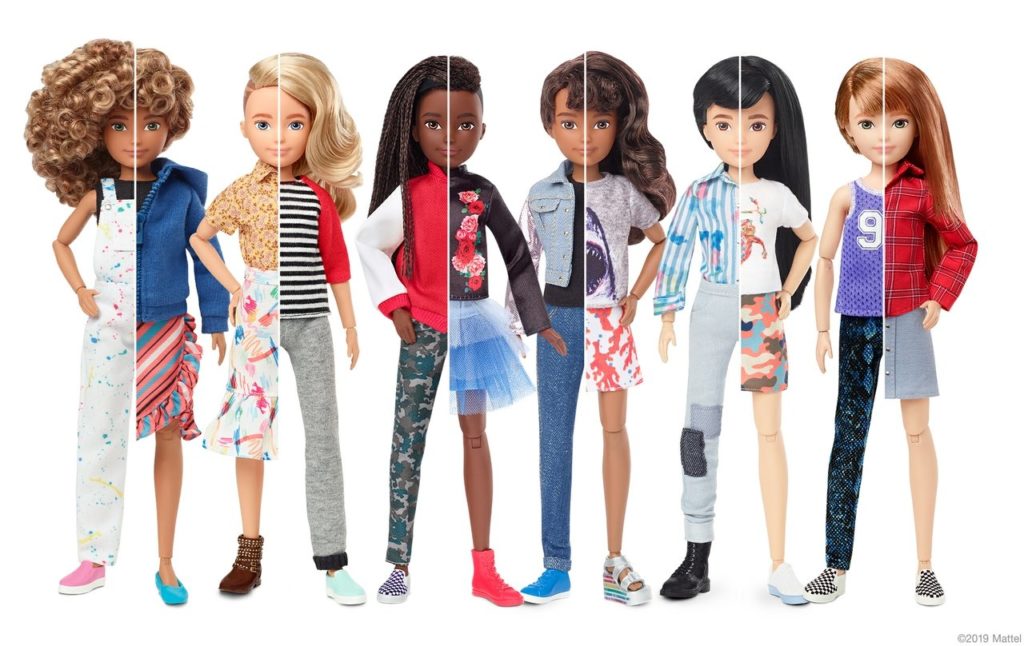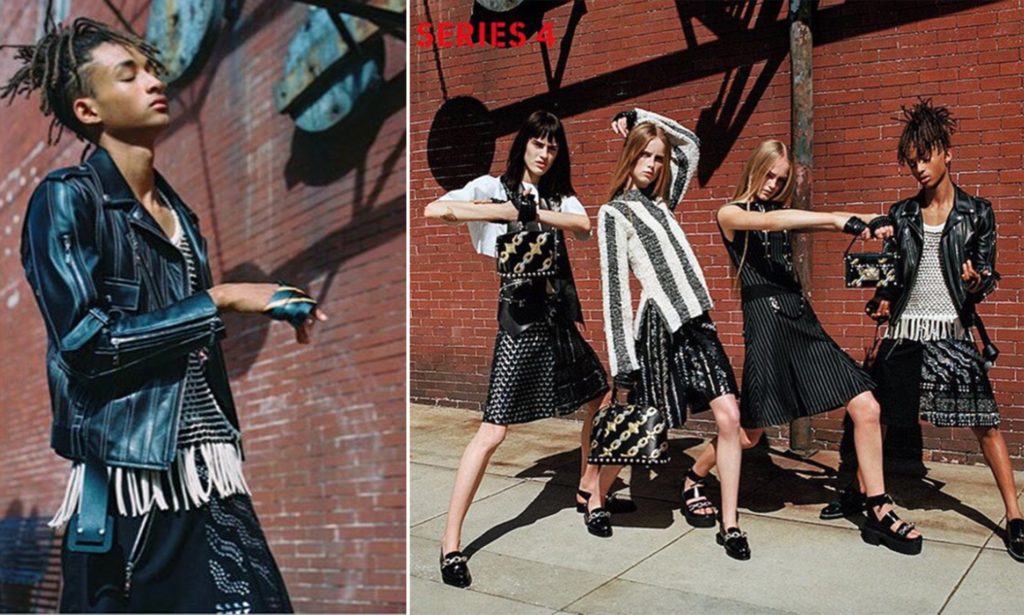Inclusivity in the workplace is not a new concept. For decades, different types of social justice movements have had a positive impact in the workplace, but it isn’t until recent years that companies have started to see the inclusion of diverse gender identities as a common practice. With the total spending power of the global 2SLGBTQ+ community being equivalent to the GDP of the fourth-largest country in the world; it doesn’t come as a surprise that some of the biggest global corporations have embraced pronoun guidelines as part of their business practices.
Companies such as Goldman Sachs, TIAA, Virgin and Lloyd’s of London have all started to implement pronoun guidelines or other gender-inclusive practices. According to Beck Bailey, director of the workplace equality programme at the Human Rights Campaign (HRC) civil rights organization, companies are increasingly seeing inclusion as a “business imperative”. In an annual survey from the HRC that evaluates how large firms are doing on items such as non-discrimination policies, this year more than 680 companies received a perfect score – up from only 13 in 2002, when it was launched. Mr Bailey adds: “Companies are saying, ‘Okay, now we have an inclusive workplace, policies and practices. How do we really make that come to life within the walls of our business?’ Putting pronouns in email signatures is one way”.
Max Masure, Gender Inclusion Strategist and Co-Founder of Argo Collective, says that “for a cisgender person, there is little to no risk in sharing your pronouns”. The Merriam-Webster dictionary defines the word “cisgender” as a person “whose gender identity corresponds with the sex the person had or was identified as having at birth.” The vast majority of the world population would self-identify as cisgender (whether they know the meaning of the word or not), so Masure’s point about the potential risk of sharing pronouns as a cisgender person is valid. However, “for a person who is transgender or non-binary”, they add, “sharing pronouns can be a bit riskier. If someone is transitioning at work and only a few people know about it, sharing pronouns may out them before they’re ready. For a nonbinary person, sharing they/them pronouns often only sparks a lengthier conversation rather than simply inform people.”

That’s why at their organization, Masure encourages cisgender people to “lead the change by sharing pronouns”. They add that this “normalizes the process, has little risk, and actually makes for a safer environment for everyone.” And making a safer environment for trans and non-binary people has never been more necessary. Nearly 50% of trans and non-binary people commit suicide every year. The stat in the U.S. for their cisgender/straight counterparts is between 0.4% and 2%.
What can marketing and advertising companies do to create a safer environment for people with diverse gender identities? A great place to start is to revisit our assumptions when it comes to what our customers are looking for based on their gender. According to the Harvard Business Review, “explicitly defining products as feminine or masculine excludes customers who might be interested.” And a good example of that is the fact that many women aren’t interested in or don’t have the money for cosmetics and facial care products, but more than 56% of U.S. men used some type of facial cosmetic at least once in 2018.
This presents a particularly unique challenge for marketers who usually create segments to better suit the needs of the target audiences of their clients. These segments or personas are often identified with traditional, binary gender identities; which is a common practice in the marketing world. But not for long. A Pew Research survey last year found that roughly 20% of Americans know someone who prefers to go by a gender-neutral pronoun – a share that rises to a third for those between the ages of 18 and 29. In fact, a quarter of Gen Z said they expect to change their pronouns at least once in their lifetime. That’s 25% of all Gen Z people, regardless of their sexual orientation. The research concluded that “in the corporate world, people realize that the old way of doing business just doesn’t fly anymore. More and more large companies are going to move in this direction.”
So what are marketers doing to face these changes to craft successful marketing campaigns that don’t assume gender in traditional ways? There’s many examples, here we examine a few:
Apple’s iPhone 11 campaign:
Apple is one company that does a nice job of designing products without an obvious gender overlay. Marketing campaigns for the iPhone, for example, assumes everyone wants one, and none of last year’s iPhone 11 colours were associated with a particular gender. Everyone gets to choose the colour they like, without being told what colour they should want based on their gender.

Mattel’s gender neutral dolls
Mattel recently launched its first range of gender-neutral dolls, which are free of discernibly male or female features and can be dressed in a range of different outfits. “This line allows all kids to express themselves freely, which is why it resonates so strongly with them,” said Kim Culmone, senior vice president of Mattel fashion doll design. “We’re hopeful Creatable World will encourage people to think more broadly about how all kids can benefit from doll play.”

Moschino Barbie campaign
Moschino Barbie campaign
For the first time in 56 years, the face of the Mattel brand was a little boy with a blond faux-hawk. “Moschino Barbie is so fierce!” he says as he holds Moschino Barbie’s purse, giving the camera a cheeky little wink. The video has since amassed over 3 million views and nearly 4,000 comments on YouTube. The results? This collection sold out in less than an hour.
Gen Z celebrities in fashion campaigns
A lot of young, Gen Z celebrities are also challenging traditional gender norms by participating in campaigns that are not traditionally made for their genders. Jaden Smith, Will And Jada Pinket Smith’s son participated in this Louis Vuitton campaign a few years ago.

Last year, in an attempt to shake up the perfume advertising industry, Gucci released an ad for its unisex scent, featuring a gender-fluid cast. With the tagline ‘not assigned to a gender’, the brand picked Harry Styles, who is someone who has a very bold approach to his gender expression. Another straight cisgender man who often wears clothing and accessories that are not traditionally made for men.

Starbucks #WhatsYourName ad campaign
Earlier this year, Starbucks launched its #WhatsYourName ad campaign, which illustrates the story of a transgender person’s transition through the chain’s tradition of asking customers their name and writing it on the cup. According to Marketing Dive “by including the voices of transgender people who have organically shared their stories of trialling new names at Starbucks, the brand is showing that it is not only open to a diverse customer base but that it is listening to all parts of that base when marketing around what makes its brand special.”
Whether we’re including pronouns in our email signatures or social media profiles, or challenging ourselves to think outside the box when it comes to traditional gender norms for marketing campaigns, there’s a lot that all of us can do individually or as a community to make this world a more inclusive place. At adHOME, we believe that it’s positive to continue to embrace inclusivity in everything that we do, from our daily interactions all the way to our marketing campaigns.